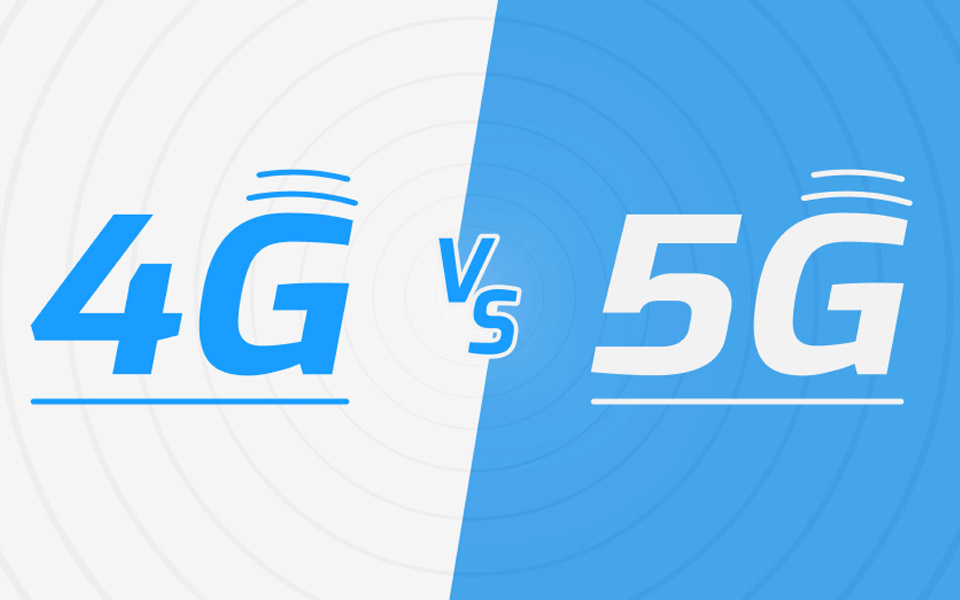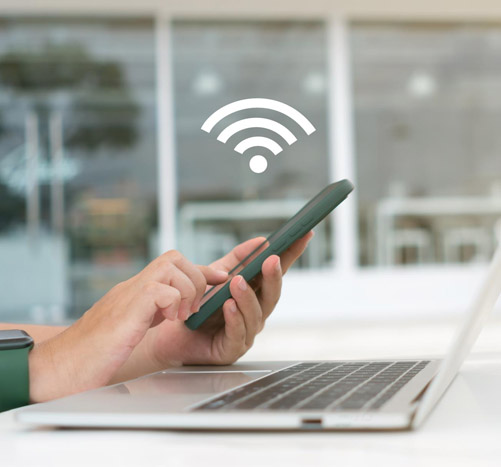5G vs 4G Mobile Hotspots: Advantages, Disadvantages, and Comprehensive Comparison
In the ever-evolving landscape of mobile connectivity, the transition from 4G to 5G technology has marked a significant leap forward. One area where this evolution is particularly palpable is in the realm of mobile hotspots. These portable devices play a crucial role in providing internet access on the go.

In this article, we will delve into the advantages and disadvantages of 5G and 4G mobile hotspots, offering a comprehensive comparison to help users make informed decisions.
1. Speed and Bandwidth
1.1 5G Speed and Bandwidth
One of the most notable advantages of 5G mobile hotspots is the remarkable increase in speed and bandwidth. 5G promises to deliver gigabit-level speeds, enabling users to download large files, stream high-definition videos, and engage in bandwidth-intensive applications seamlessly. The wider bandwidth of 5G allows for a more extensive range of connected devices without compromising performance.
1.2 4G Speed and Bandwidth
While 4G has been a game-changer compared to its predecessor, it still falls short of the blazing speeds that 5G can achieve. 4G networks typically offer download speeds in the range of 30 to 300 megabits per second (Mbps). While sufficient for many applications, the increasing demand for high-speed internet makes 4G limitations more apparent, especially in densely populated areas.
2. Latency
2.1 5G Latency
5G technology brings about a significant reduction in latency, the time it takes for data to travel from the source to the destination. With latency as low as one millisecond in optimal conditions, 5G is a game-changer for applications requiring real-time responsiveness, such as online gaming and augmented reality.
2.2 4G Latency
4G networks, while providing relatively low latency compared to previous generations, still hover around 20 to 30 milliseconds. This can be sufficient for standard internet use, but it falls short when it comes to the demanding needs of emerging technologies that require instantaneous communication.

3. Coverage and Availability
3.1 5G Coverage
As of its initial rollout, 5G coverage tends to be concentrated in urban areas. While telecommunication companies are actively expanding their 5G networks, rural and remote regions may experience limited availability. The higher frequency bands used in 5G also pose challenges in penetrating obstacles like buildings, potentially impacting indoor coverage.
3.2 4G Coverage
4G networks, having been established for a more extended period, generally boast broader coverage, encompassing both urban and rural areas. The lower frequency bands used in 4G enable better penetration through obstacles, making it more suitable for maintaining connectivity in various environments.
4. Device Compatibility
The adoption of 5G requires compatible devices, and while the market is rapidly catching up, not all existing devices support 5G connectivity. Users considering a switch to 5G mobile hotspots need to invest in new devices that are equipped to harness the capabilities of the 5G network.
4.2 4G Device Compatibility
One of the advantages of 4G is its widespread device compatibility. The majority of smartphones, tablets, and other mobile devices available today are designed to work seamlessly with 4G networks. This compatibility makes 4G mobile hotspots a convenient and accessible option for a broad user base.

5. Power Consumption
5.1 5G Power Consumption
The implementation of 5G technology comes with increased power requirements. The higher data transfer rates and lower latency demand more energy from both the network infrastructure and the devices connected to it. This may result in shorter battery life for 5G mobile hotspot devices compared to their 4G counterparts.
5.2 4G Power Consumption
4G networks, having been optimized for more extended periods, often exhibit better power efficiency. Devices operating on 4G networks typically experience longer battery life, making them a practical choice for users who prioritize sustained connectivity without the need for frequent recharging.
Conclusion
The choice between 5G and 4G mobile hotspots should be a nuanced decision, tailored to individual needs and preferences. The Horizon MH500C, a cutting-edge 5G mobile hotspot device, boasts unparalleled speed, low latency, and the potential to redefine mobile connectivity experiences. However, users must consider factors such as limited coverage and increased power consumption associated with this advanced technology.
Contrastingly, the MH50 and MH04, reliable 4G mobile hotspot devices from Horizon Powered, provide stable and widespread networks with established device compatibility. These devices offer a dependable choice for users prioritizing broader coverage and energy efficiency. As technology evolves, the Horizon MH500C, MH50, and MH04 showcase the diverse options available, allowing users to make informed decisions based on their unique requirements and preferences.








